What a difference a few days can make. Last week, many of the programme farms were still looking for moisture, whereas just seven days later there has nearly been too much.
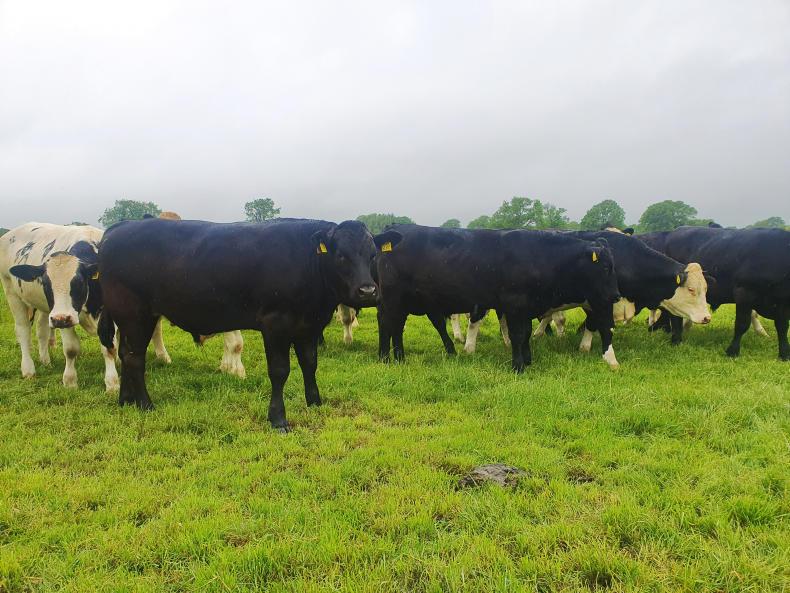
Programme farms are reporting having to move stock 12 to 24 hours sooner than they would wish due to ground conditions.
Farms in the northwest and southwest have been the worst affected, with over 120mm of rainfall recorded for the last week in some cases. While ground has been very dry, getting this amount of rain in a short period can cause grazing condition issues.
For most of the year, grazing conditions have been excellent and achieving a decent level of clean-out of paddocks has been relatively easy.
Even when cattle have been grazing stemmier swards, you could get away with leaving stock in the paddock for an extra few hours to graze it out if you wanted to.
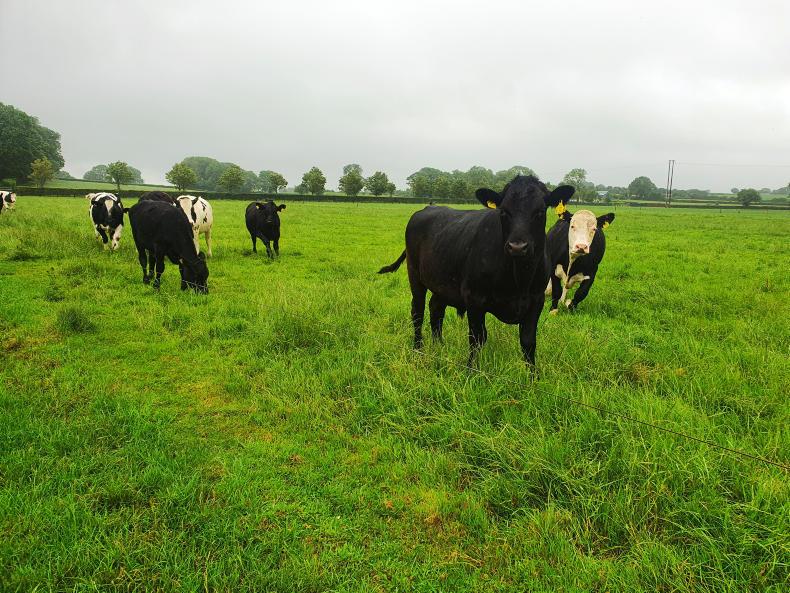
High rainfall in some areas has meant achieving an adequate graze-out of paddocks can be difficult.
In the last few days cattle have been dirtying grass again due to poorer ground conditions and farmers are reporting having to move them on to the next paddock maybe 12 to 24 hours earlier than they would have been getting away with up to now.
Move and return
It is important to keep cattle settled at grass to keep them thriving. On a dairy calf-to-beef system, all stock are priority stock.
This causes some issues where this is the only stock type on farm. On Tullamore Farm for example, dry ewes are being used to follow a batch of cows and calves to clean out paddocks and hit residuals.
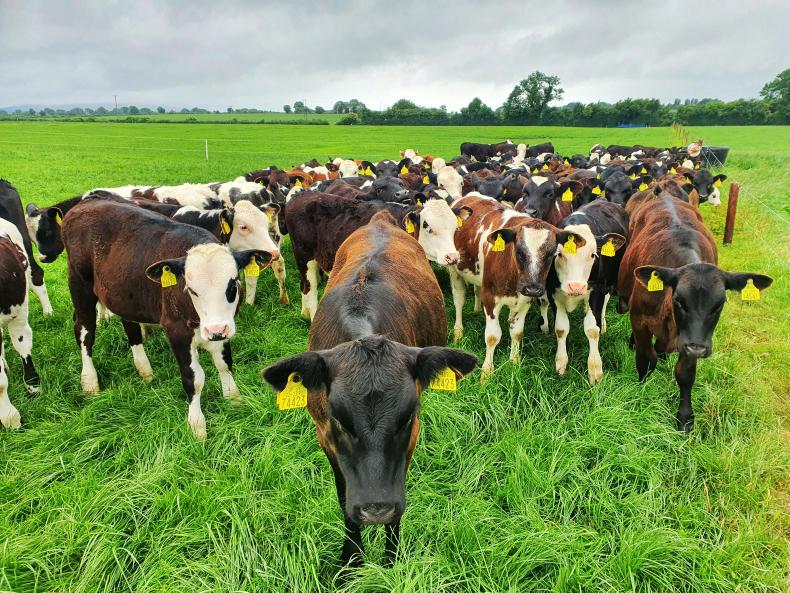
Worm burdens are likely to increase with the arrival of warm and wet conditions.
If there is a low-priority stock group on your farm, then it should be used in this manner until the weather settles again.
Where this is not an option, keep priority groups of stock moving and settled. If grass has been muddied, cattle are not going to graze it. The best thing to do here is to move on to the next paddock.
After a shower of rain, the paddock they have left will clean up and once conditions improve, you can go back and graze it out if you feel the need to do so.

Calves grazing after-grass on the THRIVE demonstration farm.
However, if you are going back to clean out paddocks, do it within 48 hours of leaving it, otherwise you will only be hitting regrowth and delay the next grazing in rotation.
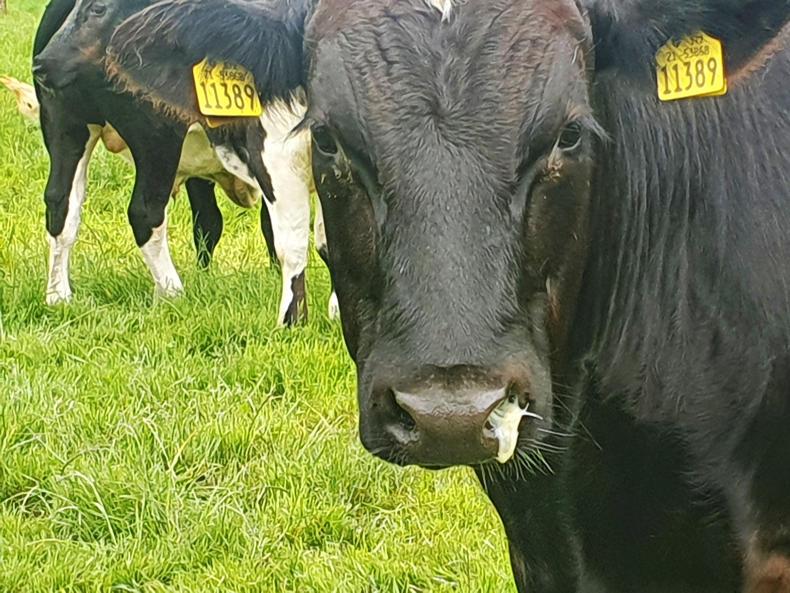
Beware of any sickness in cattle, as the changing weather conditions can cause issues. It is important to spend time herding cattle every day.
Worms
The arrival of wet weather as well as humid conditions will see an increase in worm burdens on pasture. Almost all of the programme farms have wormed calves at this stage, with some farms yet to do yearlings.
Taking a dung sample to get a handle on the level of worm burden in cattle is always a good idea.
Talk to your vet for advice on best choice of wormer for your situation.
What a difference a few days can make. Last week, many of the programme farms were still looking for moisture, whereas just seven days later there has nearly been too much.

Programme farms are reporting having to move stock 12 to 24 hours sooner than they would wish due to ground conditions.
Farms in the northwest and southwest have been the worst affected, with over 120mm of rainfall recorded for the last week in some cases. While ground has been very dry, getting this amount of rain in a short period can cause grazing condition issues.
For most of the year, grazing conditions have been excellent and achieving a decent level of clean-out of paddocks has been relatively easy.
Even when cattle have been grazing stemmier swards, you could get away with leaving stock in the paddock for an extra few hours to graze it out if you wanted to.

High rainfall in some areas has meant achieving an adequate graze-out of paddocks can be difficult.
In the last few days cattle have been dirtying grass again due to poorer ground conditions and farmers are reporting having to move them on to the next paddock maybe 12 to 24 hours earlier than they would have been getting away with up to now.
Move and return
It is important to keep cattle settled at grass to keep them thriving. On a dairy calf-to-beef system, all stock are priority stock.
This causes some issues where this is the only stock type on farm. On Tullamore Farm for example, dry ewes are being used to follow a batch of cows and calves to clean out paddocks and hit residuals.

Worm burdens are likely to increase with the arrival of warm and wet conditions.
If there is a low-priority stock group on your farm, then it should be used in this manner until the weather settles again.
Where this is not an option, keep priority groups of stock moving and settled. If grass has been muddied, cattle are not going to graze it. The best thing to do here is to move on to the next paddock.
After a shower of rain, the paddock they have left will clean up and once conditions improve, you can go back and graze it out if you feel the need to do so.

Calves grazing after-grass on the THRIVE demonstration farm.
However, if you are going back to clean out paddocks, do it within 48 hours of leaving it, otherwise you will only be hitting regrowth and delay the next grazing in rotation.

Beware of any sickness in cattle, as the changing weather conditions can cause issues. It is important to spend time herding cattle every day.
Worms
The arrival of wet weather as well as humid conditions will see an increase in worm burdens on pasture. Almost all of the programme farms have wormed calves at this stage, with some farms yet to do yearlings.
Taking a dung sample to get a handle on the level of worm burden in cattle is always a good idea.
Talk to your vet for advice on best choice of wormer for your situation.






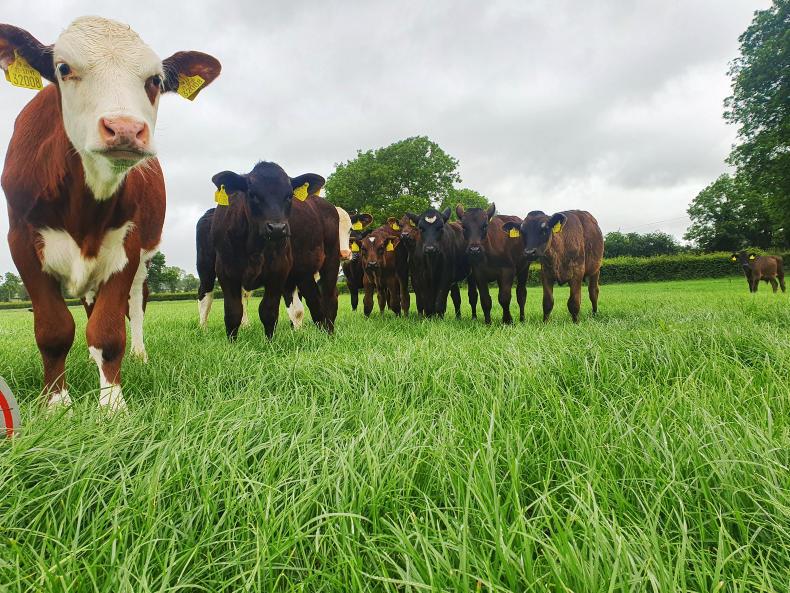





 This is a subscriber-only article
This is a subscriber-only article










SHARING OPTIONS: